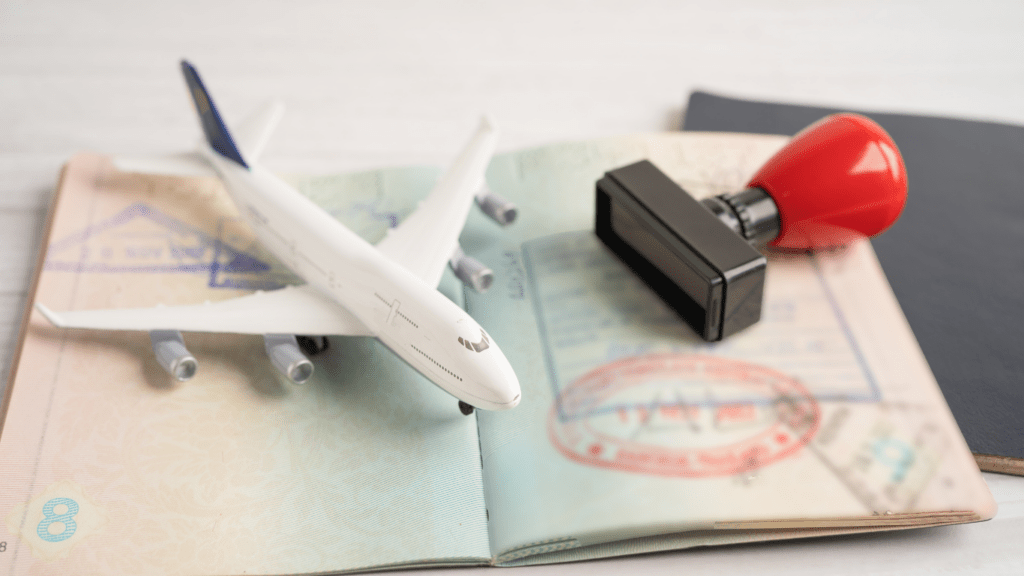Safety Technology in War
War zones are some of the most dangerous and unpredictable environments, with civilians often caught in the crossfire. In recent years, advancements in technology have played a crucial role in enhancing safety measures for civilians during war. The question arises: which new technology keeps civilians safer during war?
Drones
One of the most prominent technologies that have revolutionized safety measures in conflict zones is drones. These unmanned aerial vehicles are equipped with cameras and sensors that provide realtime surveillance and intelligence to military forces. In the context of civilians, drones have been instrumental in:
Monitoring: Drones can survey conflict areas and provide valuable information about enemy movements, potential threats, and safe zones for civilians to seek refuge.
Delivery of Aid: Drones have been used to deliver essential supplies such as food, water, and medical aid to civilians in remote or inaccessible areas, reducing the need for risky ground operations.
Biometric Identification
Biometric identification technology has also played a significant role in ensuring the safety of civilians during war. By using unique biological traits like fingerprints, iris scans, or facial recognition, biometric systems help in:
Identification: Biometric systems allow authorities to quickly and accurately identify civilians, making it easier to distinguish between friend and foe in chaotic environments.
Access Control: Biometric IDs can restrict access to certain areas, ensuring that only authorized individuals are allowed entry, thus enhancing security for civilians.
Early Warning Systems
Early warning systems leverage various technologies such as sensors, satellites, and communication networks to detect and alert civilians about imminent threats. These systems are crucial in:
Alerting: Early warning systems can provide timely alerts about incoming missiles, bombings, or other dangers, giving civilians the opportunity to seek shelter and protect themselves.
Evacuation: By providing advance notice of potential threats, early warning systems facilitate the orderly evacuation of civilians from highrisk areas, reducing casualties.
Safe Haven Apps
In the age of smartphones, safe haven apps have emerged as a valuable tool for civilians in conflict zones. These applications offer features such as:
Emergency Alerts: Safe haven apps can send realtime alerts to users about nearby conflict zones, allowing them to avoid dangerous areas and stay informed about potential risks.
Resource Mapping: Some safe haven apps provide maps with the locations of shelters, hospitals, and other essential services, helping civilians navigate wartorn areas safely.
Virtual Reality Training
Virtual reality (VR) technology has found applications in training civilians on how to respond to emergencies and navigate dangerous situations during war. VR training programs offer:
Simulation: VR simulations can replicate war scenarios, allowing civilians to practice evacuation procedures, first aid techniques, and other safety protocols in a realistic but controlled environment.
Empowerment: By providing handson training in a safe virtual space, VR programs empower civilians with the knowledge and skills to protect themselves and others in times of crisis.
In conclusion, the integration of cuttingedge technologies has significantly bolstered safety measures for civilians in war zones. From drones and biometric identification to early warning systems and safe haven apps, these innovations play a crucial role in enhancing situational awareness, facilitating timely responses, and ultimately saving lives. As conflicts persist around the world, the continued development and implementation of such safety technologies remain essential in mitigating risks and protecting vulnerable populations.



